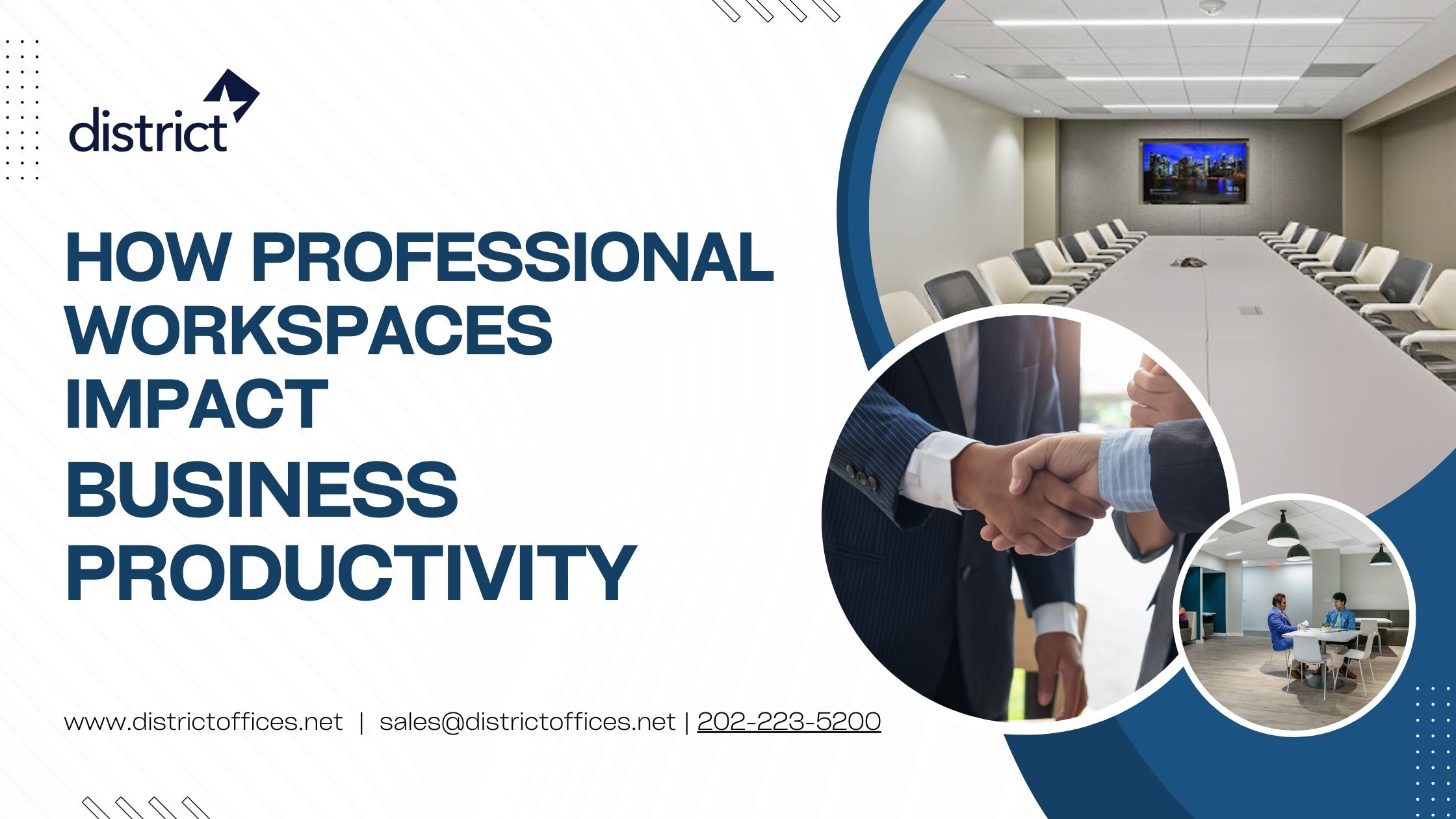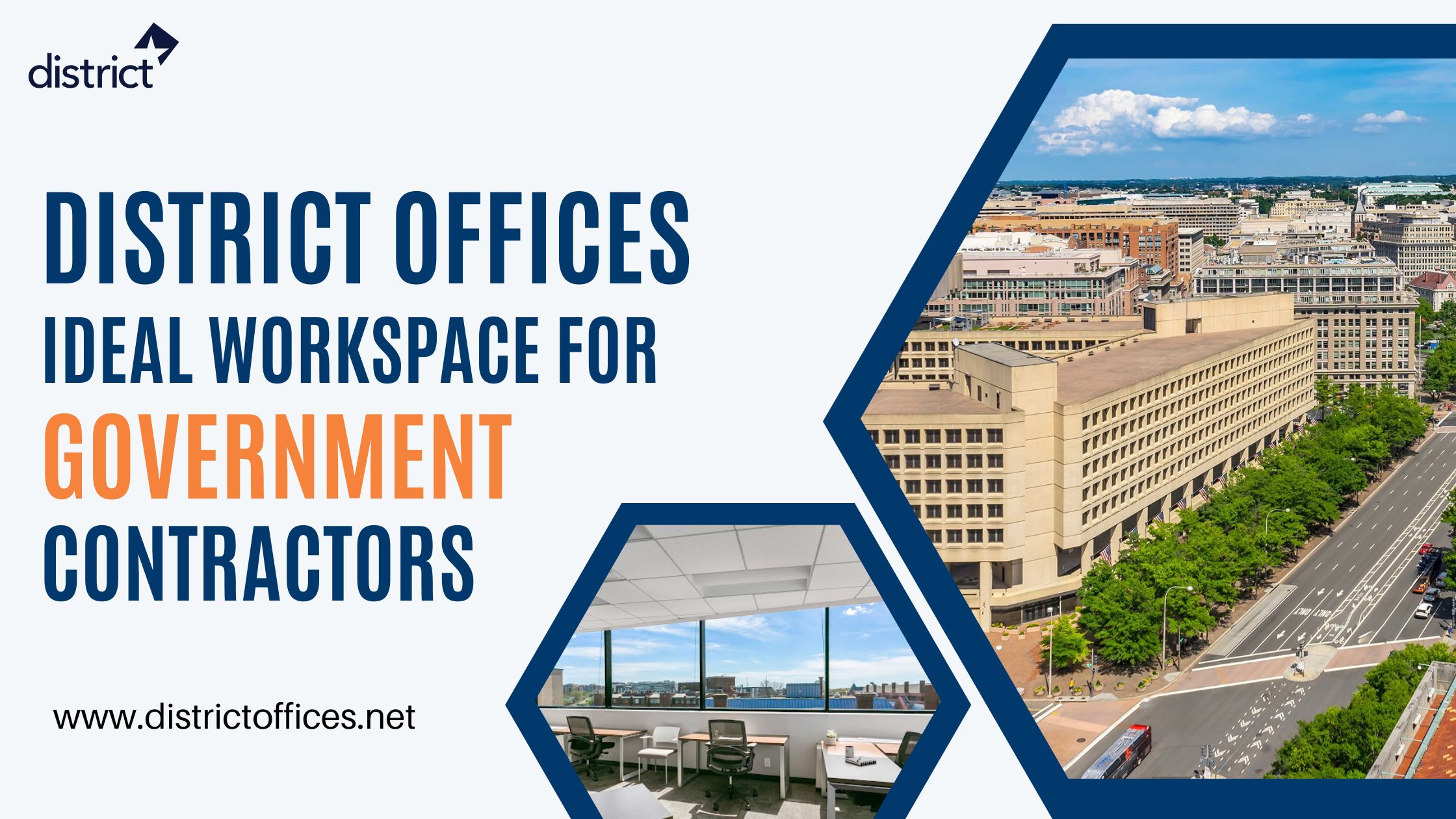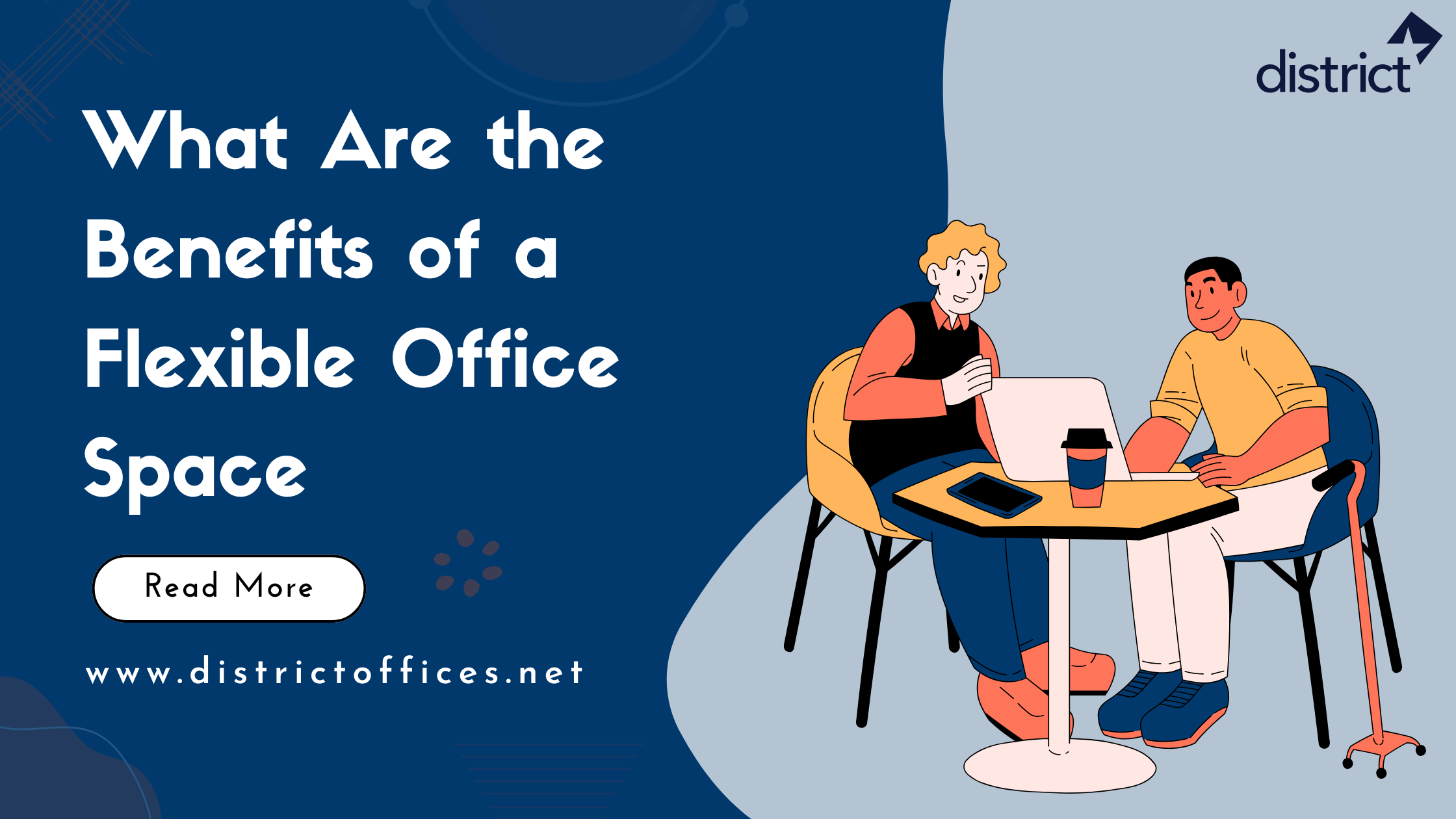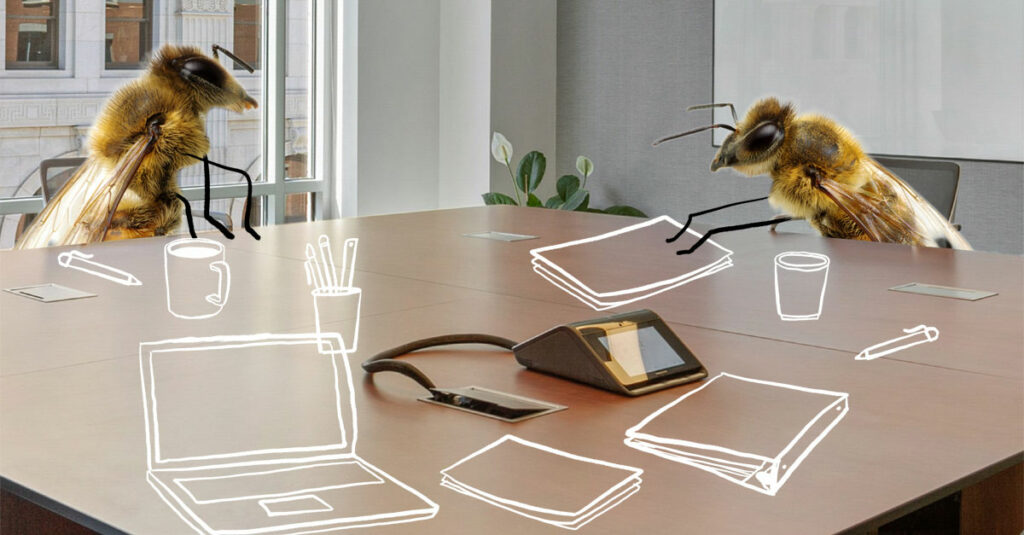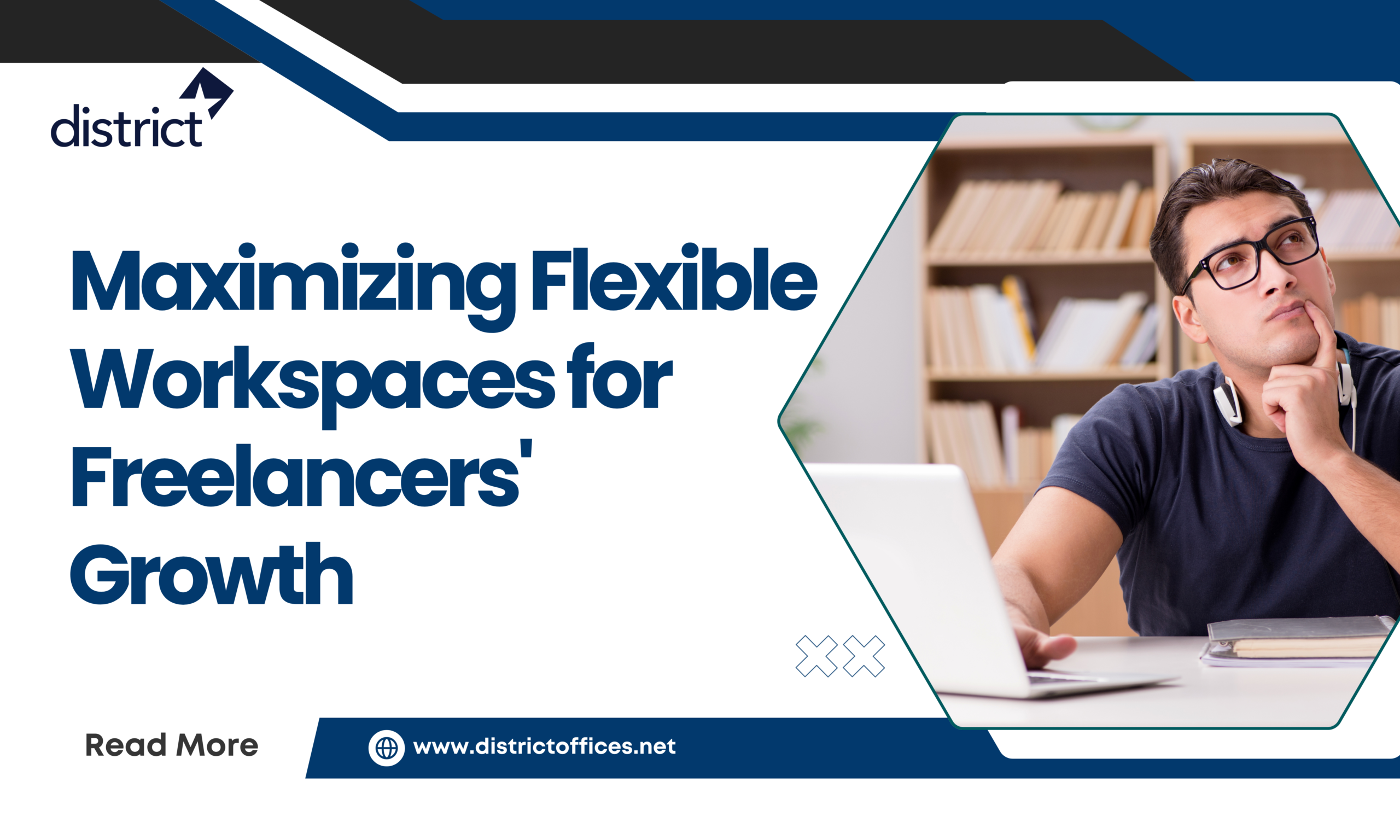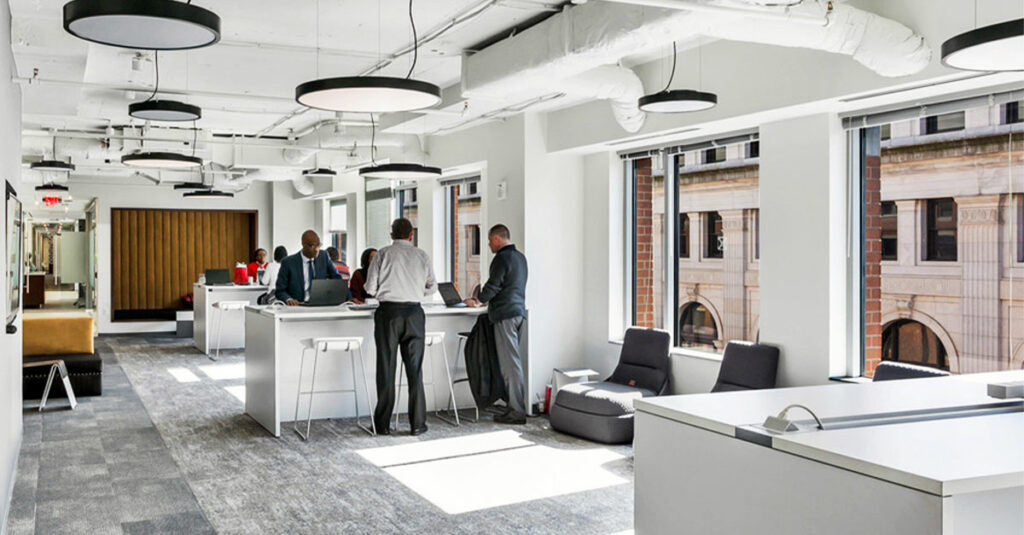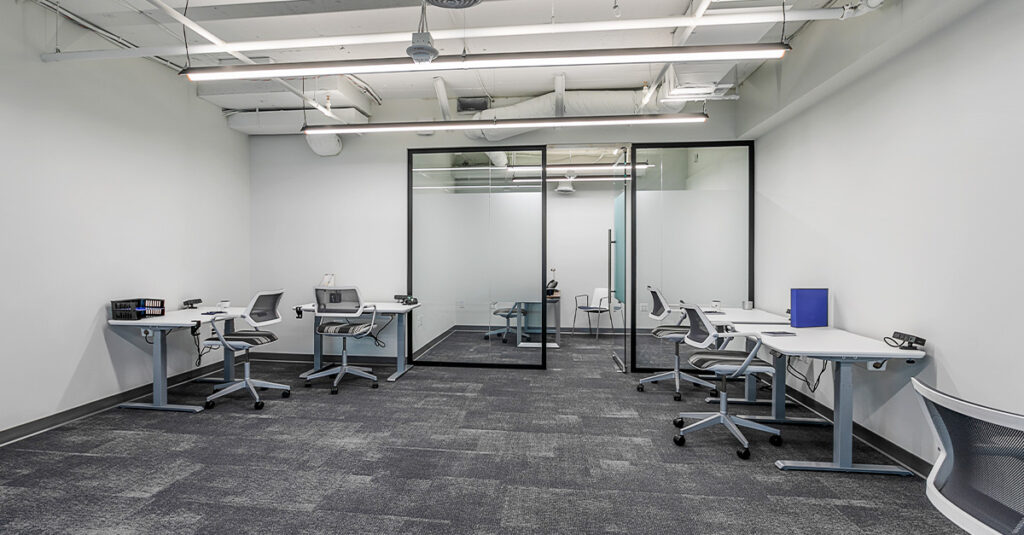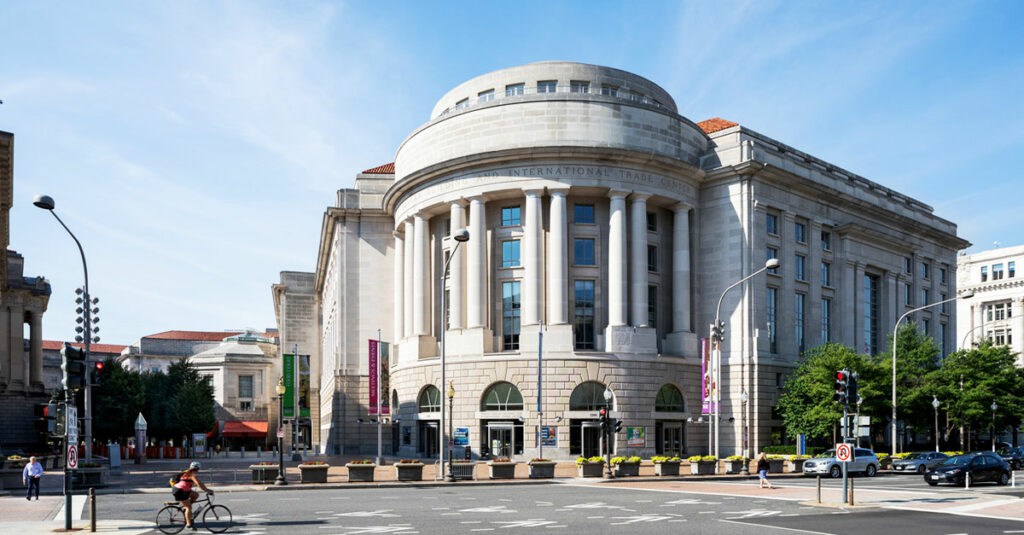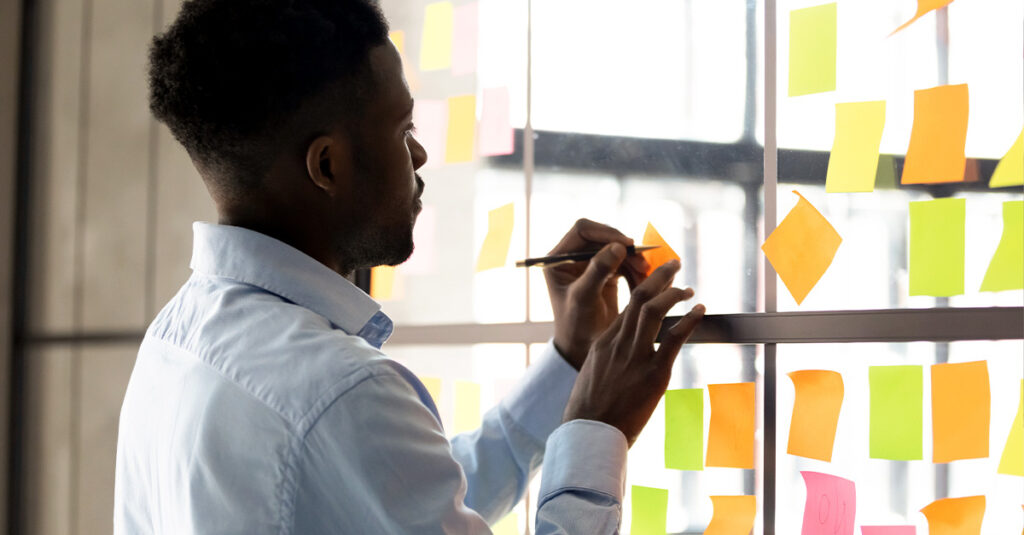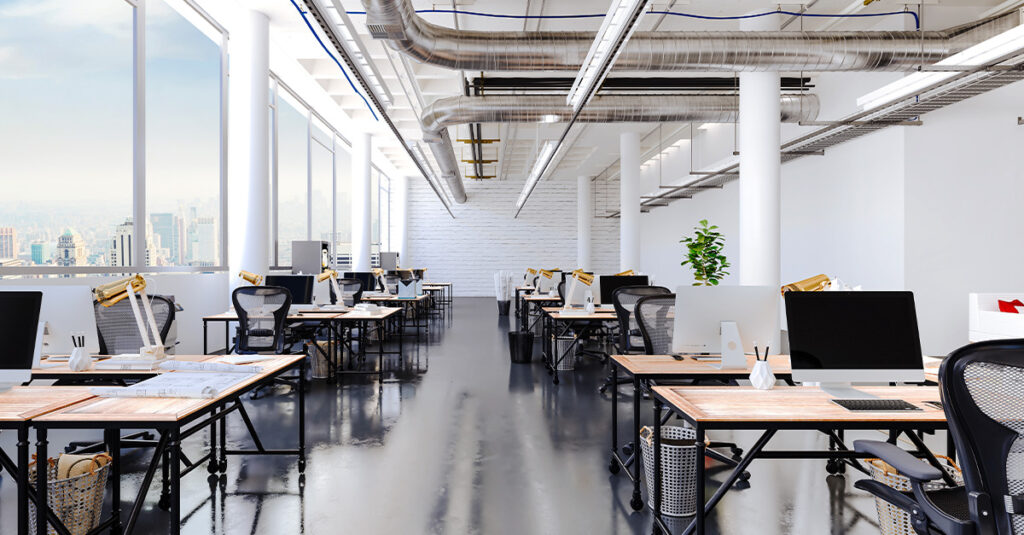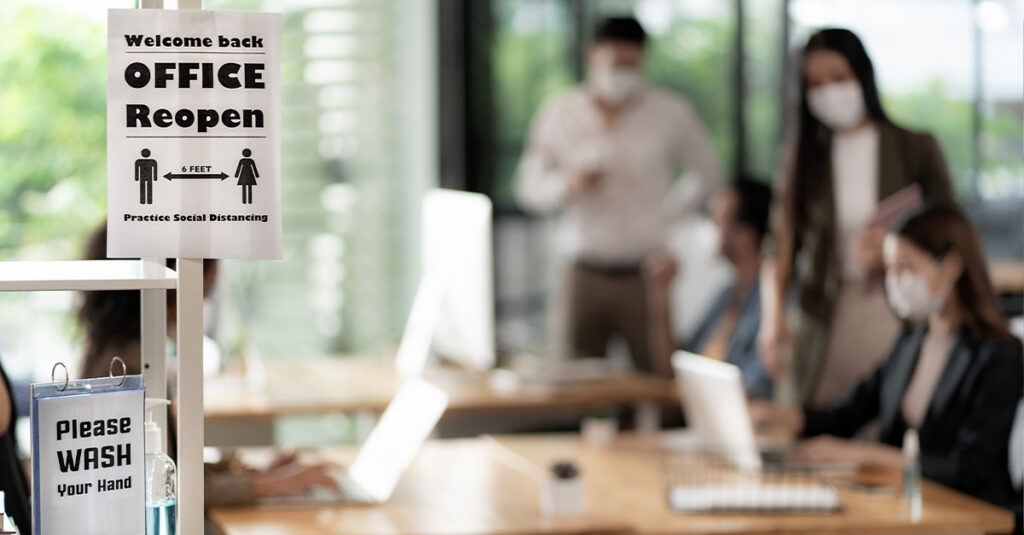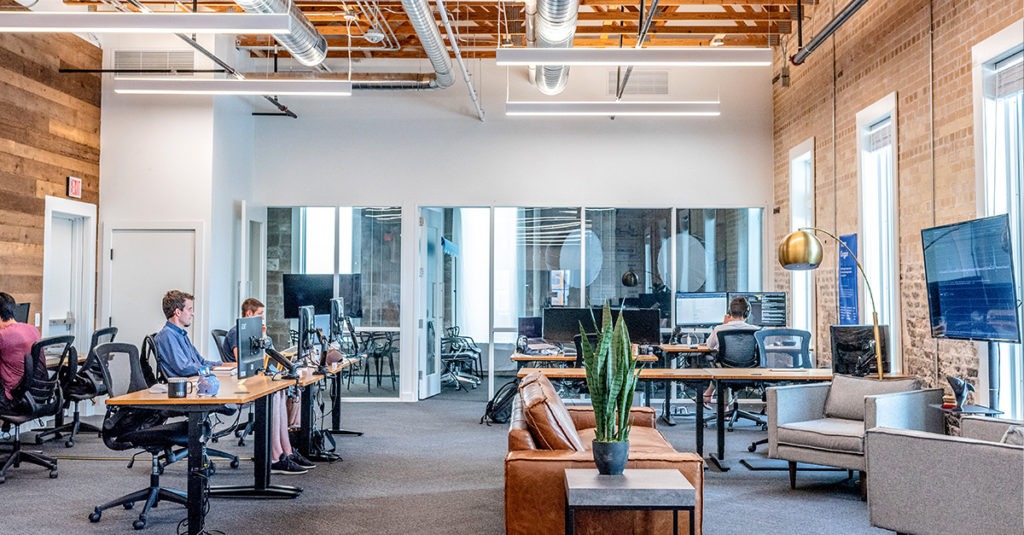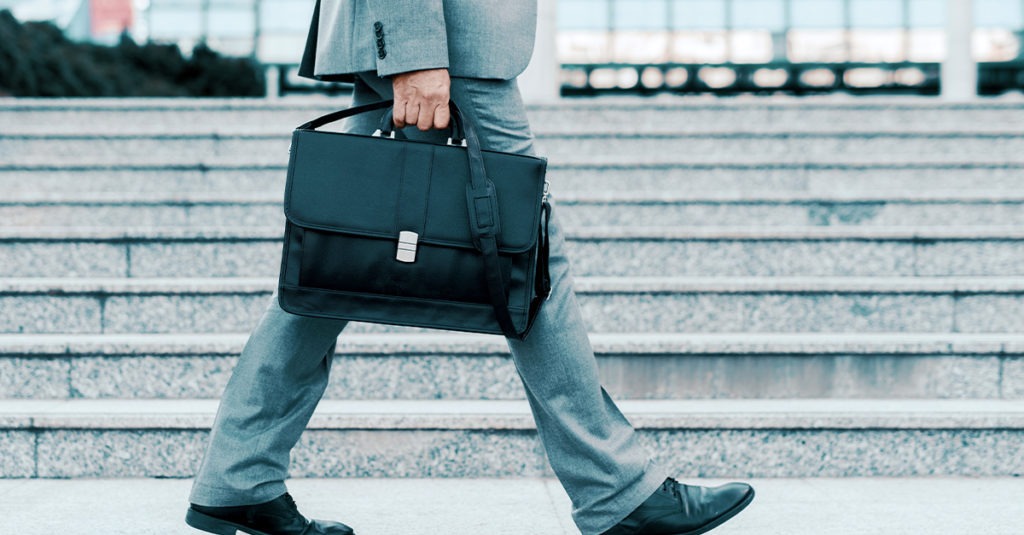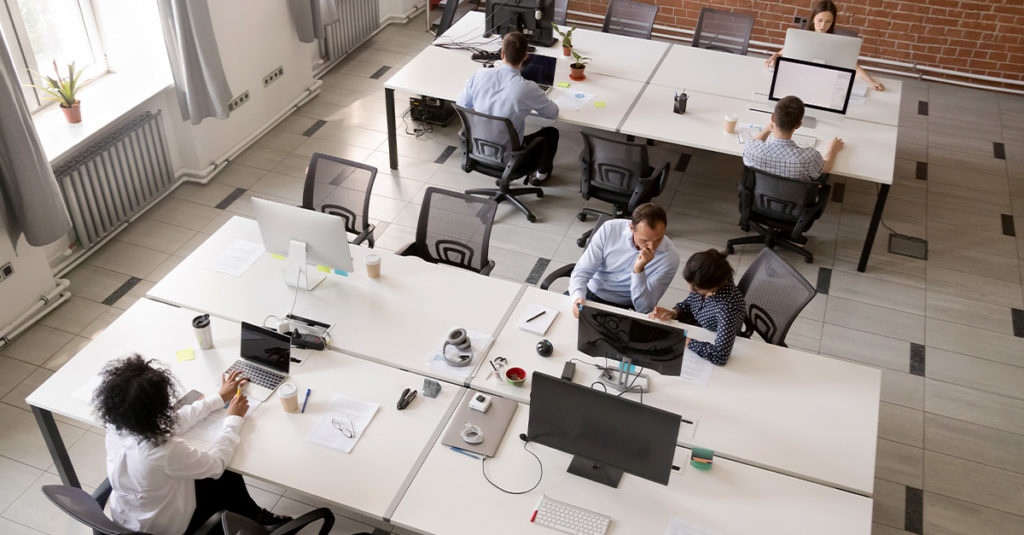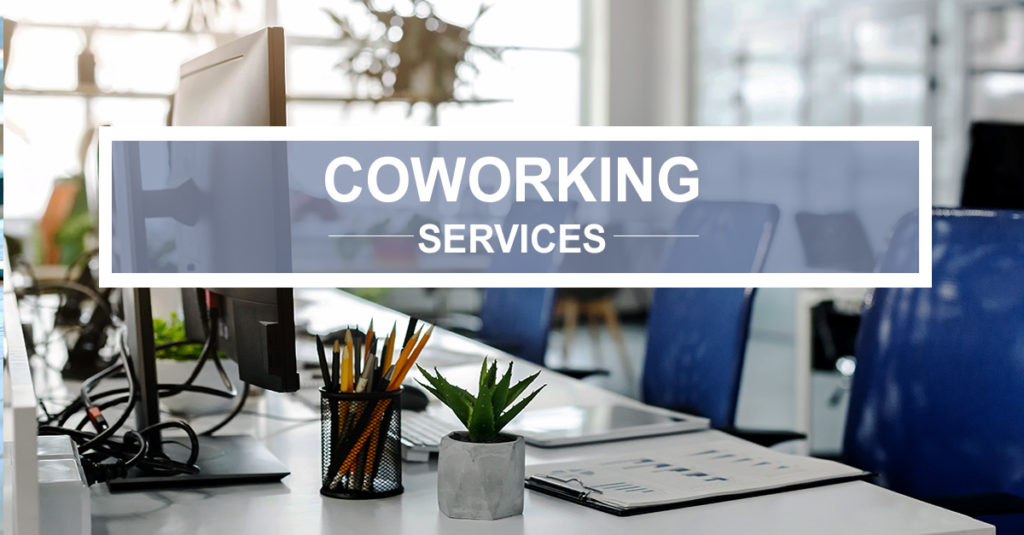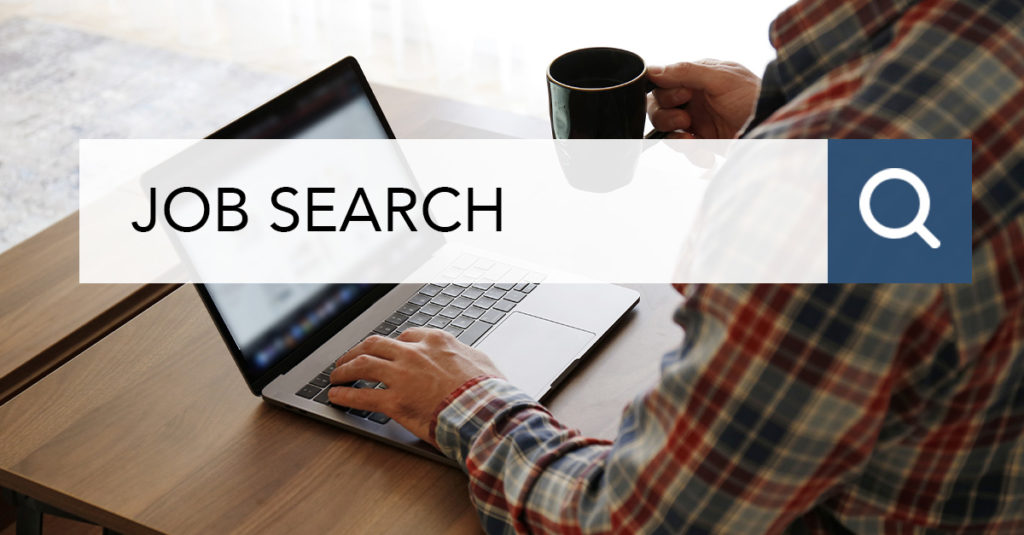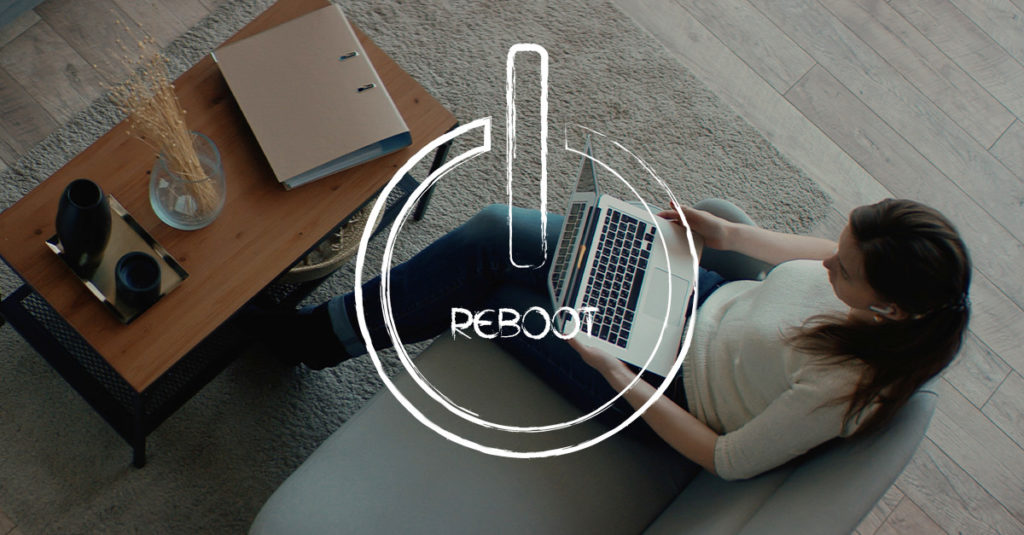Flexibility and adaptability have been seeping into the workplace lexicon for years now. With the events of this past year, we’ve seen just how important it is for businesses of all sizes to be able to adjust and pivot on a dime – and to give their workers the same option.
As at-home working gives way to the return of office-based working and hybrid models where employees spend some, but not all, of their working hours in the office, there’s never been a better time for organizations to embrace the benefits of the agile workplace.
Table of Contents
ToggleFrom Workplace Methodology to Workplace Design
The term “agile” has its roots in tech, where it refers to an approach that involves incremental, iterative development efforts that are big on collaboration and cross-functionality. Agile methodologies became popular because they translated into faster, more efficient development efforts.
The same remains true when the central concepts of agile working are translated over to workplace design. In contrast to traditional workplace design, with its siloed, boxed-off working areas, agile workplaces are flexible, multi-functional, and invite collaboration. Prominent flexibility at every turn, agile workplaces feature multiple workplace “stations,” encouraging workers to move from place to place reliant on their needs at a specific moment.
Giving the means for employees to choose when, where, and how they work, agile workplaces foster high levels of productivity, creativity, and performance. They break down barriers between groups and teams, positioning workers to take control of their tasks and responsibilities.
Types of Agile Workplaces
Agile workplaces vary dramatically in look, feel and approach, but all offer workers a variety of different types of shared spaces that people can easily and seamlessly move between as the requirements of their working day shift and evolve. Long benches facilitate group work sessions, closed-door meeting rooms are ideal for brainstorming sessions, comfortable couches make creative sessions or one-on-one meetings a breeze, whiteboards encourage collaboration and feedback, and private booths provide a space for phone or zoom calls.
Typically, an agile workplace will involve a combination of the following:
- Open-plan spaces. These are great for creative teams who need to prioritize collaboration and communication.
- Quiet places. These are small, enclosed areas ideal for moments where focused concentration matters.
- Break-out zones. These informal areas are where people come together to mingle, chat or hang out during their downtime.
- Resource areas. This is where workers access important tools like stationery, technology, and more.
- Desk zones. Also known as “touch-down” spaces, these are where people can temporarily set up their laptops and get to work on an urgent task. These might be standing desks, traditional desks, or designated zones throughout the workplace.
At District Offices, we offer a thoughtfully designed combination of all of the above – creating a workplace environment that drives productivity and performance.
Make the Move to Agile Working with District Offices
Agile working is the new frontier in 2021’s workplace arrangements. It allows workers to move freely and flexibly about their day while also reducing the costs associated with leasing a traditional workplace that may be underutilized as businesses navigate hybrid and remote models. By switching to an agile workplace and working style, organizations can boost productivity, improve morale, and nimbly manage those hard-hit bottom lines.
District Offices is proud to offer multiple agile-inspired workplaces in key locations throughout Washington D.C. For more information about how to help your team embrace an agile working methodology while also optimizing leasing costs, get in touch!




